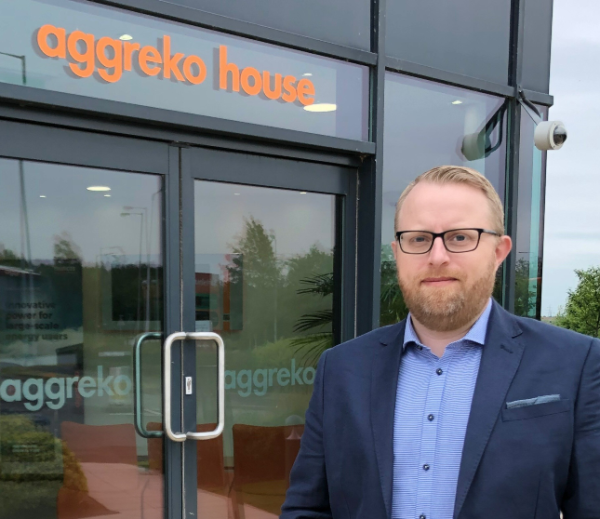20 January 2023
Greger Ruud, data centres specialist, Aggreko Nordics
Intel’s current CEO, Pat Gelsinger, believes, over a half-century later, the theory, labelled Moore’s Law, is still ‘alive and well’ and continues to inform developments across the data centre space.
However, experts are beginning to question whether the law will continue to govern, or in a sector now utterly transformed since the 1960s, it has given way. Having stood as the guiding principle throughout the microprocessor-based digital revolution, questions over its continuing relevance pose serious considerations for the procurement of new equipment.
The digital revolution
It is widely accepted that Moore’s Law has explained industry developments for decades, as the increasing rate of transistor density in processors has been rapid. This digital revolution was driven by the economic benefits associated with more efficient processes and the consequent technology has been utilised across the data centre sector and its benefits are evident in almost every corner of society.
This includes the European data centre market, which is set for continued expansion – according to a recent report by Arizton, the Europe data centre market is expected to grow at a CAGR of over 5% from 2022 to 2027.
A key driver behind this is the need to make facilities more efficient as device processing power increases in line with Moore's Law. This conclusion is affirmed in additional statistics from the same report, which noted that Europe’s rack power density is expected to grow from an average of 6−8kW in 2021 to about 12−15kW in 2027 due to the increased hyperscale infrastructure deployment.
Incorporating innovations
This move to enhance efficiencies and capabilities across operations, alongside a boom in demand and a subsequent increase in required rack space, is giving rise to challenges stakeholders need to incorporate and plan around. Specifically, the supply chain must keep pace with the level of growth and improvement in computer performance and the cooling, power, and testing requirements associated with upgrading and retrofitting data centres.
Moreover, managers are working to ensure their infrastructure and fittings are in line with emission-reduction initiatives and increasingly stringent sustainability legislation. Collectively, the transition to sustainable measures, rapid growth, and considerable technological advances, have contributed to a storm of challenges placing strain on the sector’s supply chain.
Procuring under pressure
Changing equipment demand is ultimately giving rise to a ‘bottleneck’ in the construction of new data centres and the updating of existing ones. We have even found that it is not uncommon for facilities brought online as soon as 18 months ago are needing to upgrade entire halls to adopt new, high-performing technologies. However, continually constructing and retrofitting facilities is making the need to review procurement strategies even more pressing. Owing to the necessity of avoiding disruptions to construction and refurbishment projects, which can invoke considerable financial costs and reputational damage, further underlines this.
Supply chain issues which come from updating facilities, such as the scarcity of load bank testing and utility provision solutions, means stakeholders must ultimately explore alternative equipment approaches to ensure construction deadlines are met. Testing, power generation and temperature control provision must therefore be immediately available to facilitate this boom, especially if energy provision requirements are continually changing. Suppliers should also place industry on the front-foot by improving their fleets in line with technology developments and establish new depots to rapidly supply equipment to areas where demand is especially on the rise.
As we see a flux of utilities updates, one area data centre stakeholders cannot overlook is standby power systems. Providing organisations with the ability to update their permanent power solutions through ensuring access to stand-by generators is crucial to countering operational contingencies. Moreover, using generators powered by Hydrotreated Vegetable Oil (HVO), a greener option that can replace diesel in existing units as a drop-in fuel, the sector can utilise a two-pronged approach which ensures resilience, while achieving its energy and sustainability targets.
In conclusion, to gear data centres towards future developments, businesses must incorporate an agile and forward-thinking procurement strategy which can make the most of innovations today, and tomorrow. With facilities continuing to require upgrades due to ever-increasing, Moore’s Law-driven demand, the ability to swiftly access loadbank testing and utility equipment will be key to ensuring facility construction can keep pace in a fast-moving sector.










